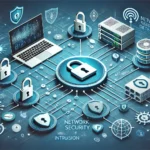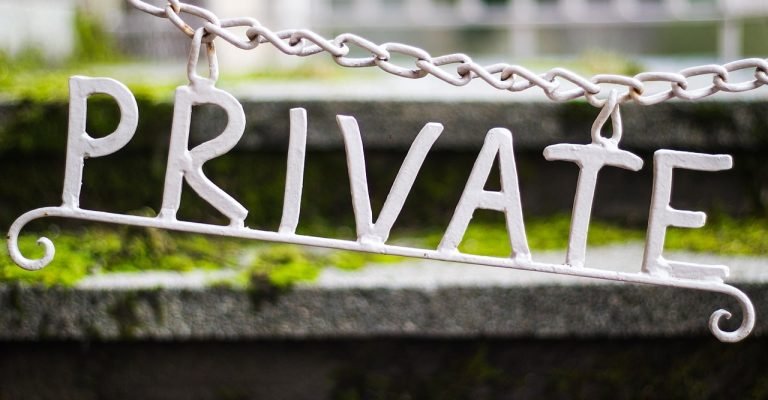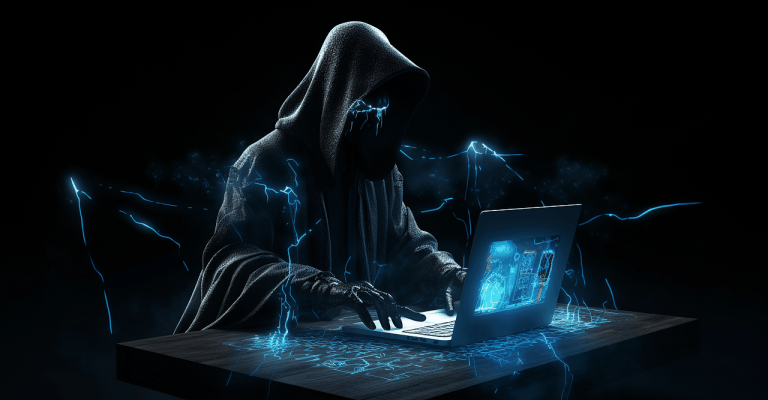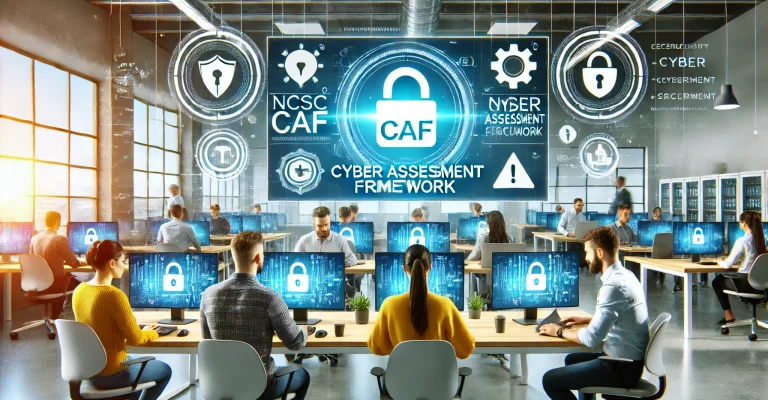Securing Critical Infrastructure Introduction
In today’s world, where technology is advancing at an unprecedented pace, safeguarding critical infrastructure is more important than ever. This article aims to break down the complexities of securing these vital systems. By looking at historical incidents, technological progress, and collaborative efforts, we’ll outline a robust strategy to enhance cybersecurity for critical infrastructure.
Digital technology has transformed critical infrastructure like power grids, water systems, financial institutions, and healthcare services. While these advancements bring efficiency and convenience, they also introduce many cyber vulnerabilities. Securing critical infrastructure is essential for national security, public safety, and economic stability.
Why Securing Critical Infrastructure is Crucial
Critical infrastructure encompasses the essential systems and assets that are vital to the functioning of a society and economy. This includes sectors like energy, water, transportation, finance, and healthcare. The disruption or destruction of these systems can have severe consequences, from economic turmoil to threats to public health and safety.
Historical Case Studies
2015 Ukraine Power Grid Attack
The 2015 cyberattack on Ukraine’s power grid is a stark reminder of the risks. Hackers used malicious software to cause a blackout, affecting 225,000 customers for several hours. This incident shows how cyber vulnerabilities can lead to significant real-world disruptions. The attack was carried out using spear-phishing emails that introduced malware into the IT network of three energy distribution companies in Ukraine. Once inside, the attackers took control of the SCADA (Supervisory Control and Data Acquisition) systems, resulting in the disconnection of substations.
WannaCry Ransomware Attack, 2017
The WannaCry ransomware attack in 2017 affected hundreds of thousands of computers across 150 countries, notably crippling the UK’s National Health Service. This attack highlights the urgent need for robust cybersecurity measures in critical infrastructure. WannaCry exploited a vulnerability in the Windows operating system, encrypting files and demanding ransom payments in Bitcoin. The attack not only disrupted medical services but also impacted various other sectors, including transport and telecommunications.
SolarWinds Cyber Attack, 2020
The SolarWinds cyberattack had widespread implications, affecting various critical infrastructure sectors and compromising national security. This case illustrates how interconnected systems can amplify vulnerabilities. Attackers infiltrated SolarWinds’ Orion software, widely used for network management, inserting malicious code that created a backdoor for spying. This breach affected many government agencies and private companies, demonstrating the far-reaching impacts of a single point of vulnerability.
Emerging Challenges
Internet of Things (IoT) and Infrastructure
With the rise of IoT devices, securing critical infrastructure becomes more complex. Each new device can potentially introduce points of failure if not properly secured. IoT devices often lack robust security features, making them an attractive target for attackers. For instance, compromised smart meters in power grids can lead to unauthorised access and manipulation of energy usage data, potentially disrupting the entire grid.
Supply Chain Vulnerabilities
Attackers can target software and hardware vendors, causing widespread issues through the supply chain. Ensuring the security of these vendors is crucial to prevent cascading impacts on all users. For example, the NotPetya attack in 2017 started with the compromise of a popular accounting software in Ukraine, leading to massive disruptions in global logistics, manufacturing, and other sectors.
Legacy Systems
Many critical infrastructure systems rely on outdated technology that lacks modern security features. These legacy systems can be difficult to update or replace due to their critical nature and the high costs involved. This makes them prime targets for cyberattacks. For instance, older industrial control systems may not support encryption or secure communication protocols, making them vulnerable to interception and manipulation.
Human Factor
Human error remains one of the most significant risks to cybersecurity. Employees may fall victim to phishing attacks or inadvertently introduce malware into critical systems. Additionally, the lack of cybersecurity training and awareness can lead to poor security practices, such as weak password management and the use of unsecured devices.
Strategies for Securing Critical Infrastructure
Technological Approaches
Implementing Zero Trust Architecture
Zero Trust Architecture requires verification for every person and device attempting to access network resources, reducing the risk of unauthorised access. This model works on the principle of “never trust, always verify,” ensuring that all users and devices are continuously authenticated and authorised before being granted access to critical systems.
Artificial Intelligence and Machine Learning
AI and machine learning can significantly enhance anomaly detection and rapid response, aiding in securing critical infrastructure. These technologies can analyse vast amounts of data in real-time to identify unusual patterns and potential threats, enabling quicker and more effective responses to cyber incidents.
Blockchain Technologies
Blockchain’s immutable ledgers can improve data integrity and authentication protocols, essential for securing critical systems. By providing a tamper-proof record of transactions and data exchanges, blockchain can help prevent unauthorised changes and ensure the accuracy and reliability of critical information.
Advanced Encryption Techniques
Encryption is a fundamental part of cybersecurity. Advanced encryption techniques ensure that sensitive data transmitted across critical infrastructure networks remains confidential and secure from interception or tampering. This includes end-to-end encryption for communication channels and data-at-rest encryption for stored information.
Intrusion Detection Systems (IDS) and Intrusion Prevention Systems (IPS)
Deploying IDS and IPS can help identify and block suspicious activities before they can cause harm. These systems are crucial in detecting potential breaches and preventing malicious actions in real-time. IDS monitors network traffic for signs of malicious activity, while IPS actively blocks detected threats.
Regular Security Audits and Vulnerability Assessments
Conducting regular security audits and vulnerability assessments is essential for identifying and mitigating potential weaknesses in critical infrastructure. These assessments should cover all aspects of the infrastructure, from physical security to network security, and should be performed by both internal teams and external experts to ensure comprehensive coverage.
Governance and Policy Approaches
Regulatory Compliance
Adhering to internationally recognised standards like ISO 27001 provides a strong framework for securing critical infrastructure. Compliance with these standards ensures that organisations implement best practices in information security management and continuously improve their security posture.
Collaboration with Government and Industry
Collaboration among stakeholders is vital for sharing information about threats and best practices. Government agencies, private companies, and industry groups should work together to develop and implement effective cybersecurity strategies, share threat intelligence, and coordinate responses to cyber incidents.
Creating a Cybersecurity Culture
Promoting a cybersecurity culture within organisations that manage critical infrastructure is essential. This involves regular training, awareness programs, and encouraging a proactive approach to cybersecurity among all employees. A strong cybersecurity culture ensures that everyone in the organisation understands their role in protecting critical systems and takes the necessary precautions.
Public-Private Partnerships
Public-private partnerships can leverage the strengths of both sectors. Governments can provide regulatory frameworks and incentives, while private companies can contribute technological innovations and expertise. These partnerships can facilitate the development of advanced security solutions and ensure their widespread adoption across critical infrastructure sectors.
Incident Reporting and Information Sharing
Establishing robust mechanisms for incident reporting and information sharing can enhance the collective defence against cyber threats. This helps organisations learn from each other’s experiences and develop better defensive strategies. Information sharing platforms, such as ISACs (Information Sharing and Analysis Centres), play a crucial role in facilitating this collaboration.
Human Factor
Employee Training and Awareness
Educating employees on cyber hygiene, phishing attacks, and strong password management is crucial for securing critical infrastructure. Regular training sessions, workshops, and simulated phishing exercises can help employees recognise and respond to potential threats more effectively.
Incident Response Plan
Having a well-defined incident response plan can make the difference between effective containment and catastrophic failure during a security incident. This should include immediate actions, communication strategies, and post-incident analysis. An effective incident response plan should also be regularly tested and updated to address new threats and vulnerabilities.
Psychological Resilience and Social Engineering Defence
Training employees to recognise and resist social engineering attacks, such as phishing and pretexting, is vital. Psychological resilience training can help employees remain vigilant and less susceptible to manipulation by cyber attackers. This includes fostering a culture of scepticism and encouraging employees to verify the legitimacy of requests before taking action.
Multifactor Authentication (MFA)
Implementing multifactor authentication adds an additional layer of security by requiring users to provide multiple forms of identification before accessing critical systems. This can significantly reduce the risk of unauthorised access, even if passwords are compromised.
Conclusion
Securing critical infrastructure is a complex but essential task that requires a multifaceted approach. By integrating advanced technologies, fostering human awareness, and promoting multi-stakeholder cooperation, we can protect our most vital systems against current and future threats. Continuous innovation, vigilance, and collaboration are key to maintaining the integrity and resilience of critical infrastructure. Investing in comprehensive cybersecurity strategies not only safeguards national security and public safety but also ensures the stability and prosperity of our society and economy.
References and Further Reading
- Analysis of the Cyber Attack on the Ukrainian Power Grid, E-ISAC, 2016
- Global Ransomware Attack ‘Accidentally’ Halted, NPR, May 13, 2017
- SolarWinds Cyberattack: The Full Impact and Lessons Learned, CSO Online, December 14, 2020
- IoT Cybersecurity: What’s Plan B?, Harvard Business Review, October 3, 2019
- Why Supply Chain Security Is So Important Now, TechRepublic, September 8, 2020
- Zero Trust Architecture, National Institute of Standards and Technology, 2020
- AI in Cybersecurity, Forbes, January 10, 2021
- How Blockchain Could Improve Cybersecurity, Forbes, June 25, 2019
